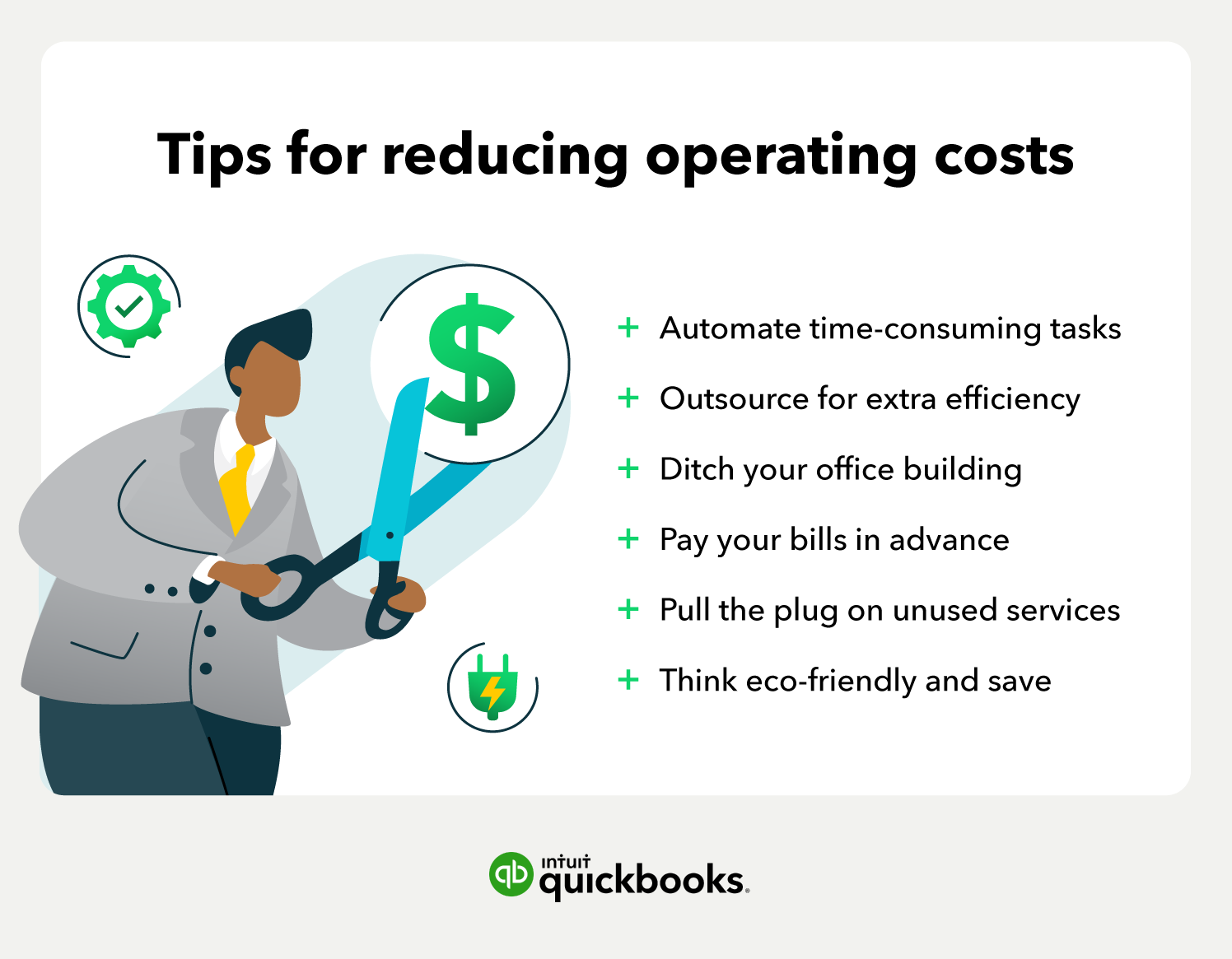How to Reduce Business Operating Costs: A Comprehensive Guide

In the competitive world of business, every dollar counts. Imagine your business as a ship sailing the vast ocean of commerce. Operating costs are the winds that can either propel you forward or push you off course. The question is, how do you harness these winds to maximize your journey? Let's dive into the strategies that can help you reduce business operating costs, enhance operational efficiency, and ultimately, boost profit maximization.
Understanding Business Operating Costs
Before we delve into cost savings strategies, it's crucial to understand what business operating costs entail. These are the expenses associated with the day-to-day running of your business, including rent, utilities, salaries, and inventory. Effective budget management is key to keeping these costs under control.
Strategies to Reduce Business Operating Costs
1. Streamline Your Operations
Operational efficiency is the cornerstone of expense reduction. Begin by analyzing your current processes. Are there any redundancies or inefficiencies? Automation can be a game-changer here. Tools like Zapier can automate repetitive tasks, freeing up your team to focus on more strategic activities.
2. Optimize Your Supply Chain
Your supply chain is a critical component of your business. Review your suppliers and negotiate better terms. Consider bulk purchasing to secure discounts. Additionally, implementing a just-in-time inventory system can help reduce storage costs and minimize waste.
3. Leverage Technology
Technology can be a powerful ally in reducing operating costs. Cloud-based solutions, for instance, can lower IT costs and improve scalability. Software like QuickBooks can streamline your accounting processes, making budget management more efficient.
4. Reduce Energy Consumption
Energy costs can be a significant drain on your budget. Simple steps like switching to energy-efficient lighting and equipment can yield substantial savings. Additionally, consider implementing a green policy to encourage energy conservation among your employees.
5. Review Your Staffing Needs
Labor costs are often the largest expense for businesses. Conduct a thorough review of your staffing needs. Are there roles that can be consolidated or outsourced? Freelancers and contractors can be a cost-effective alternative to full-time employees for certain tasks.
6. Negotiate Better Rates
Don't be afraid to negotiate better rates with your suppliers, landlords, and service providers. Building strong relationships can often lead to more favorable terms. Additionally, regularly review your contracts to ensure you're getting the best possible deals.
7. Implement a Cost-Saving Culture
Creating a culture of cost savings within your organization can have a profound impact. Encourage your employees to identify areas where costs can be reduced. Reward innovative ideas that lead to expense reduction.

Case Studies: Real-World Examples of Cost Savings
Case Study 1: Automation in Action
A small manufacturing company implemented automated machinery to replace manual labor in certain processes. This not only reduced labor costs but also increased production efficiency by 30%.
Case Study 2: Energy Efficiency
A retail chain switched to LED lighting and installed energy-efficient HVAC systems. Within a year, they saw a 25% reduction in their energy bills, translating to significant cost savings.
The Importance of Continuous Monitoring
Reducing business operating costs is not a one-time task; it requires continuous monitoring and adjustment. Regularly review your expenses and look for areas where further savings can be made. Tools like Mint can help you track your spending and identify potential cost-saving opportunities.
Conclusion
Reducing business operating costs is a strategic endeavor that can yield significant benefits. By streamlining operations, optimizing your supply chain, leveraging technology, reducing energy consumption, reviewing staffing needs, negotiating better rates, and implementing a cost-saving culture, you can enhance operational efficiency and maximize profits.
Remember, every dollar saved is a dollar earned. So, are you ready to steer your business ship towards smoother, more profitable waters? The journey starts with a single step, and that step is taking control of your operating costs.

FAQs
1. What are the most common business operating costs?
The most common business operating costs include rent, utilities, salaries, inventory, insurance, and marketing expenses.
2. How can automation help reduce operating costs?
Automation can reduce operating costs by eliminating the need for manual labor in repetitive tasks, improving efficiency, and reducing errors.
3. What are some energy-saving strategies for businesses?
Energy-saving strategies include switching to energy-efficient lighting and equipment, implementing a green policy, and using smart thermostats to regulate heating and cooling.
4. How can negotiating better rates help in cost reduction?
Negotiating better rates with suppliers, landlords, and service providers can lead to lower costs for goods and services, thereby reducing overall operating expenses.
5. Why is continuous monitoring important in reducing operating costs?
Continuous monitoring is important because it allows you to identify new cost-saving opportunities, track the effectiveness of your strategies, and make adjustments as needed to maintain operational efficiency.
Belum ada Komentar untuk "How to Reduce Business Operating Costs: A Comprehensive Guide"
Posting Komentar